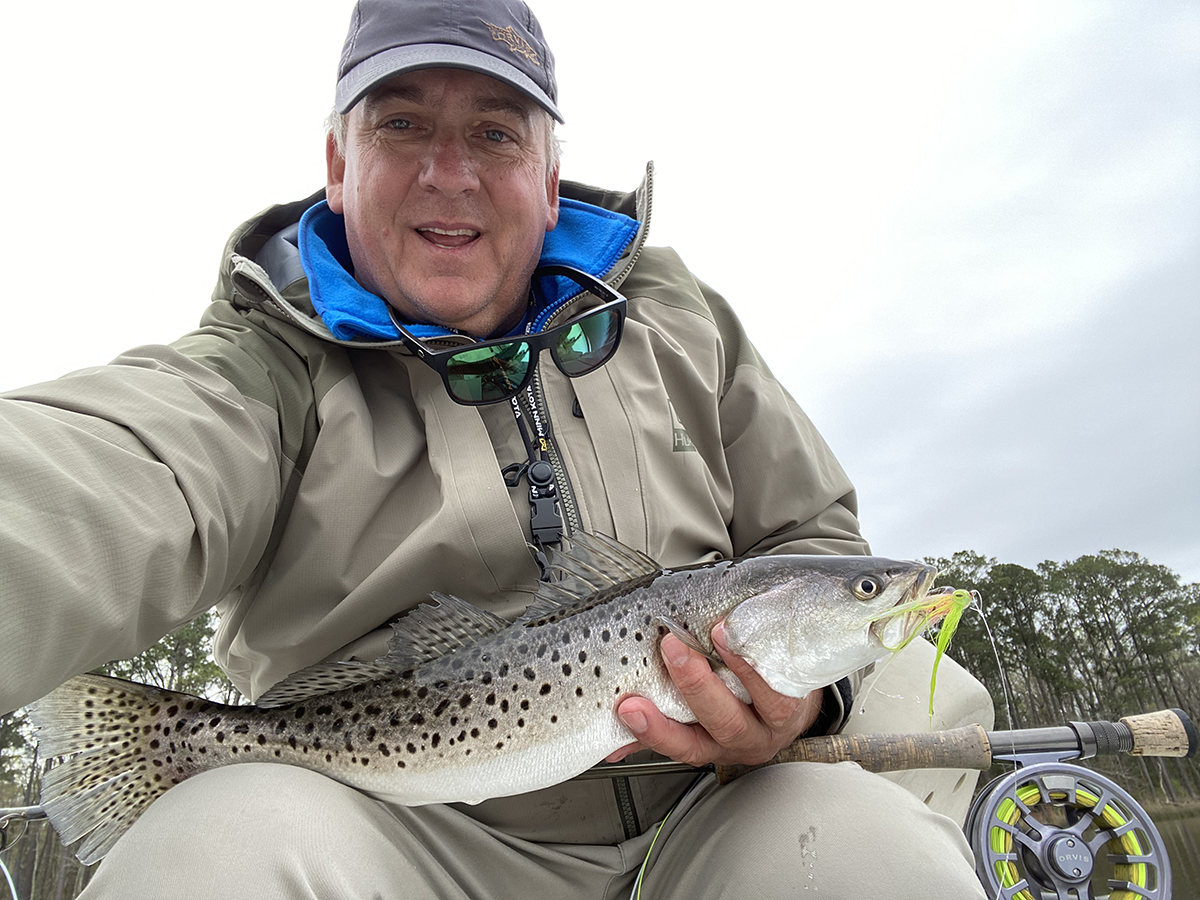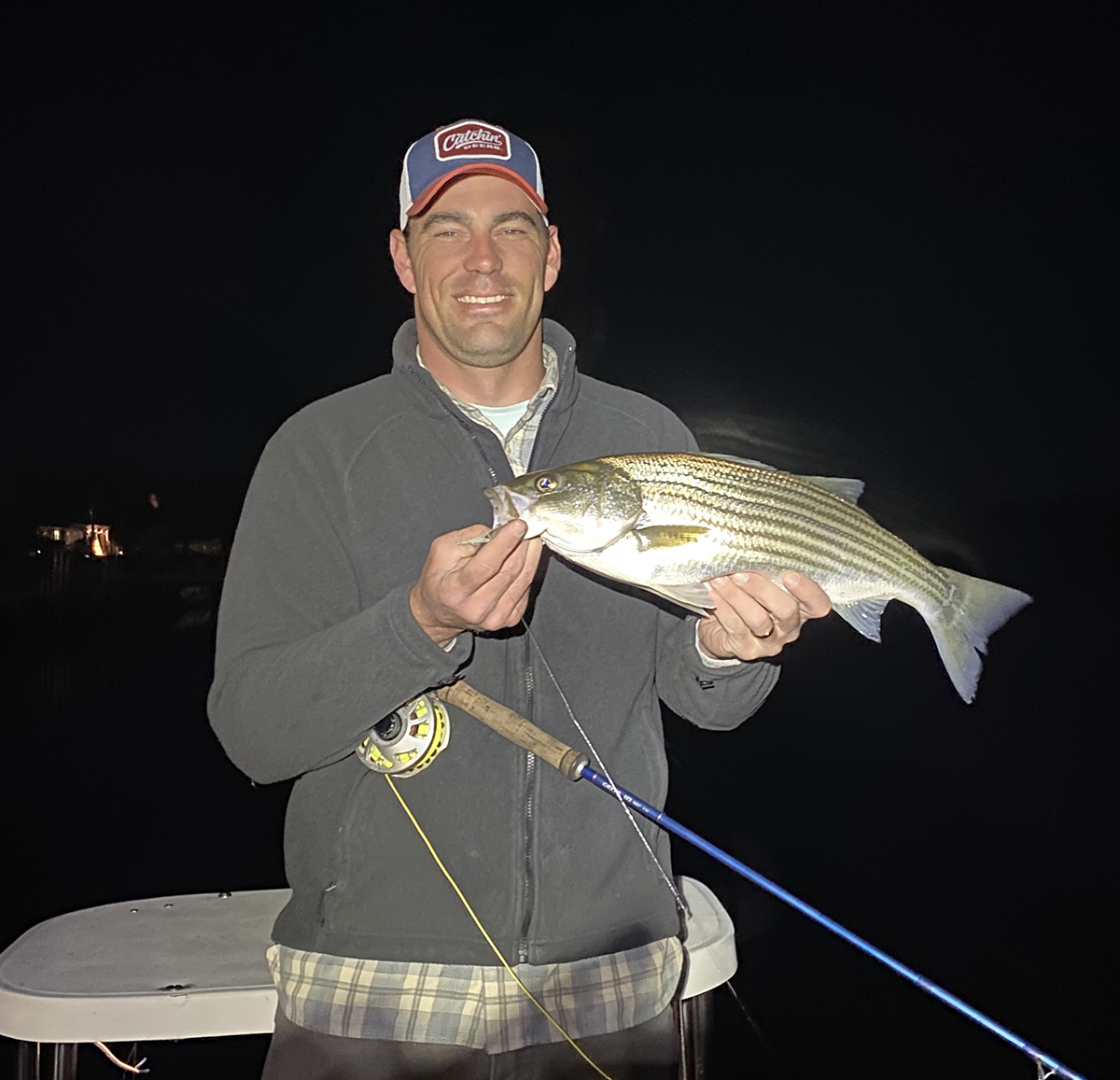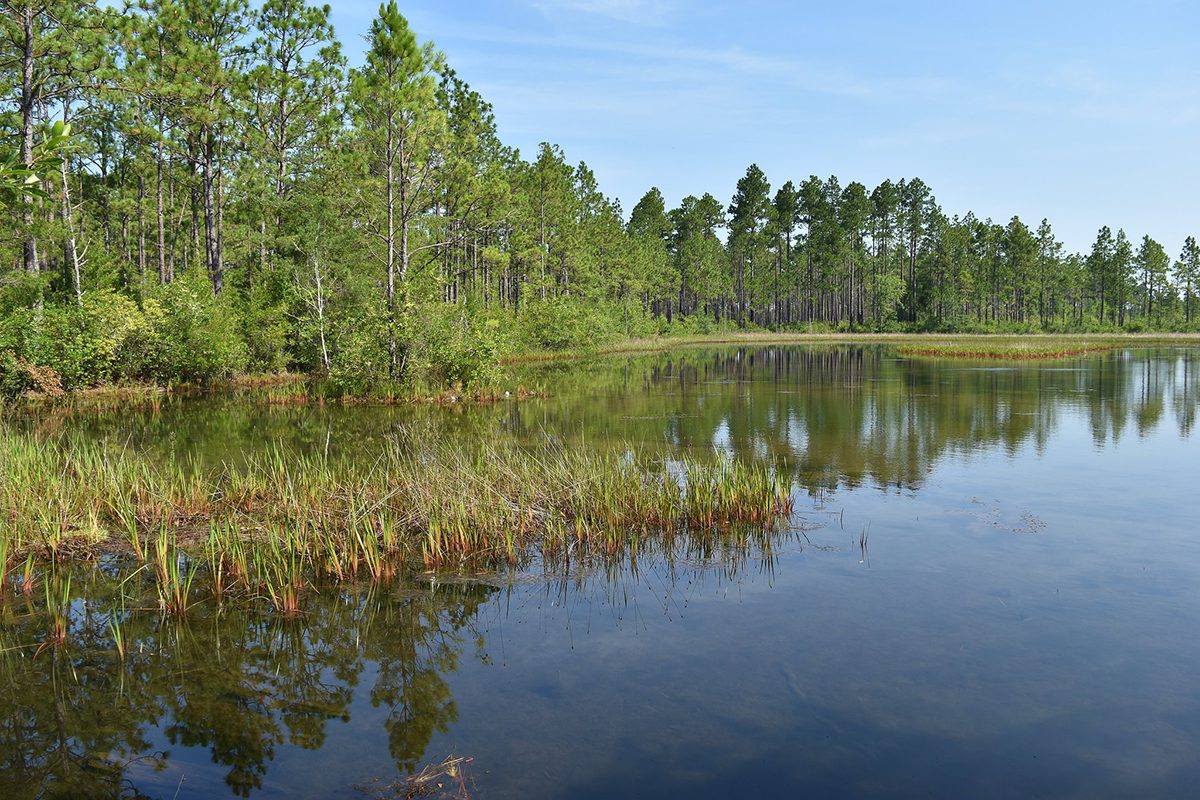
I’m now in my 60th year of life. I started fishing before I was even old enough to have a memory of it.
I’ve been fly fishing since I was 10 years old. The math is pretty easy. During that time I’ve lived in North Carolina for 30 of those years, again, easy math. However, it never fails that since I’ve been here, people will say to me, “Flyfishing? Where do you do that ’round these parts?”
Supporter Spotlight
Inevitably it leads to awkward conversation and ends up with me trying to explain something that is not easily explained.
First off, all I’ll say, and trying to not sound braggadocious here, but I have caught 71 different species of fish with a fly and fly rod. I’m talking about the smallest thing you can think of up to and including the biggest things a person can catch in sight of land.
In this age you can fish anywhere you dream of, with the only limit being your pockets. I once knew a man in Beaufort who only fished in Montana, and I’ve fished with guys from Raleigh who only fished saltwater. Having said that, let’s talk only about the fish that are readily available along our coastal waters and within 30 minutes of my home in Carteret County. It’s quite a lot as you’ll see.
We’ll start close in and work our way out. There is a book that gives in-depth attention to this very subject called “Fly Fishing the Southeast Coast: A Complete Guide to Fishing Fresh and Salt Water,” if you’re inclined. For the sake of this article, I am going to assume a level of casting competency.
A type of fishing that gets overlooked by fly anglers around here is freshwater bass fishing in ponds. I covered this topic previously, but it’s worth looking at again as a strictly fly opportunity.
Supporter Spotlight
The No. 1 concern is access. But if anyone you know has a residential, golf course, any kind of freshwater body, it will have bass in it. The best time is a nice sunset and the best fishing is with a small popper.
Walk the shoreline, cast in an arc and be sure to negotiate any little pockets. It’s a bunch of fun, and while most bass you catch around here will be smaller due to the acid content of the soil, big ones also lurk.

If there is one fish that is readily available to fly fishing regardless of skill and access, I would say it’s the bluefish. They are aggressive, and almost any place that has access to the water will see bluefish coming in and out.
What I’m going to do is lay out a very specific plan to catch a bluefish on a fly from shore. First off, put a 250-grain sink line on your spare fly reel (you have a spare, right?), an 8-weight rod.
Get a stripping basket. Otherwise, you’ll spend more time untangling your line than anything else. Tie a piece of 30-pound fluorocarbon leader material to the end of your fly leader. Attach a Clouser Minnow fly in size 2 tied in chartreuse over white.
Drive to Fort Macon State Park about two hours into the falling tide. Fish on the southwest corner. You won’t need waders until late October. Cast into the current, which should be flowing from your left to right. Retrieve with an erratic action.

I don’t believe that you haven’t caught one already. But seriously, if all is as it should be, they should be there as often as not, and this will get them. Not normally big, but be ready. As a bonus this is also the best way to get a Spanish mackerel from shore, as well. If glass minnows are present, be prepared for anything.
I have not found the open surf to very amenable to fly fishing here for a lot of reasons. Believe me, I’ve tried. That’s not to say it can never be done, but it’s just more work than it’s worth for me. But keep your eyes open for calm days and close fish.
Lights under docks are another great opportunity for the fly angler. As you cruise down the Atlantic Intracoastal Waterway, from time to time you will see lights off the ends of docks. If a light points into the water, it’s worth looking at for fishing opportunities. This is classic night fishing. I’m talking not even heading toward the water until 9 p.m.
The fish we are talking about will vary. Speckled trout are always the preferred targets, particularly some really big ones. In fact, if catching a trout over 5 pounds on fly is one of your goals, this would be the way to go. However, some other guests may be interested.

Toward the Neuse River there may be big striped bass, I’ve caught them up to 10 pounds. As you go south toward the Cape Fear, more ladyfish will be available. Red drum will always be around. If you hit on a school of bigger fish, be prepared to bust fly rods and lose fly lines. A school of 30-inchers cleaned us out a few years back.
The same small Clouser Minnow works wonders. Stick with the 8-weight and a 20-pound tippet helps get away from pilings. Position your boat with the anchor almost as far as your longest cast. If you get to close, you’ll mess it up.
Be quiet too. I’ve had homeowners turn off the lights. Uncool.
Cast a little upstream. Strikes will be quick and often show as big boils under the surface. If you can see the fish popping under the lights, that’s a good sign.
Enjoy the moon, and the view of the planets can be spectacular. The sounds that emanate from the water come vibrating through your hull. Often, dolphins will swim through. It’s a great way to fish, and while sometimes things just aren’t happening, it’s as good a way to spend an evening as I can imagine, and a surefire way to catch fish on fly around these parts.
I have not even mentioned the world-famous false albacore run in the fall or the extremely popular tailing redfish action around the full moons. There is plenty of literature about those, some of it written by yours truly, even in these very pages. There’s plenty to do.







